Contents
Sure, you’ve had an espresso and a cappuccino, but that’s just the tip of the Italian coffee iceberg, my friends. Coffee in Italy is a thing of its own. Even if you’re familiar with copycats in your home country, you’ll be surprised by how many names you don’t recognize on an Italian menu, and how those you do are not at all what you expected.
If you’re hesitant to order in Italian, here’s a formula on how to order coffee in Italian that’s easy enough for even the most language-challenged: “Un ____(name of coffee)____, per favore!” (oon ____ pehr fah-VOH-reh!) “A ____(name of coffee)____, please!”
*A note on pronunciation: Double consonants in Italian are literally pronounced twice, in sort of stressed, staccato way that gives the language its rhythm. Don’t feel silly if they feel forced or exaggerated when you try to say them. Although it might seem like a bad imitation of an Italian accent to you, you’re going to sound great to the Italians.
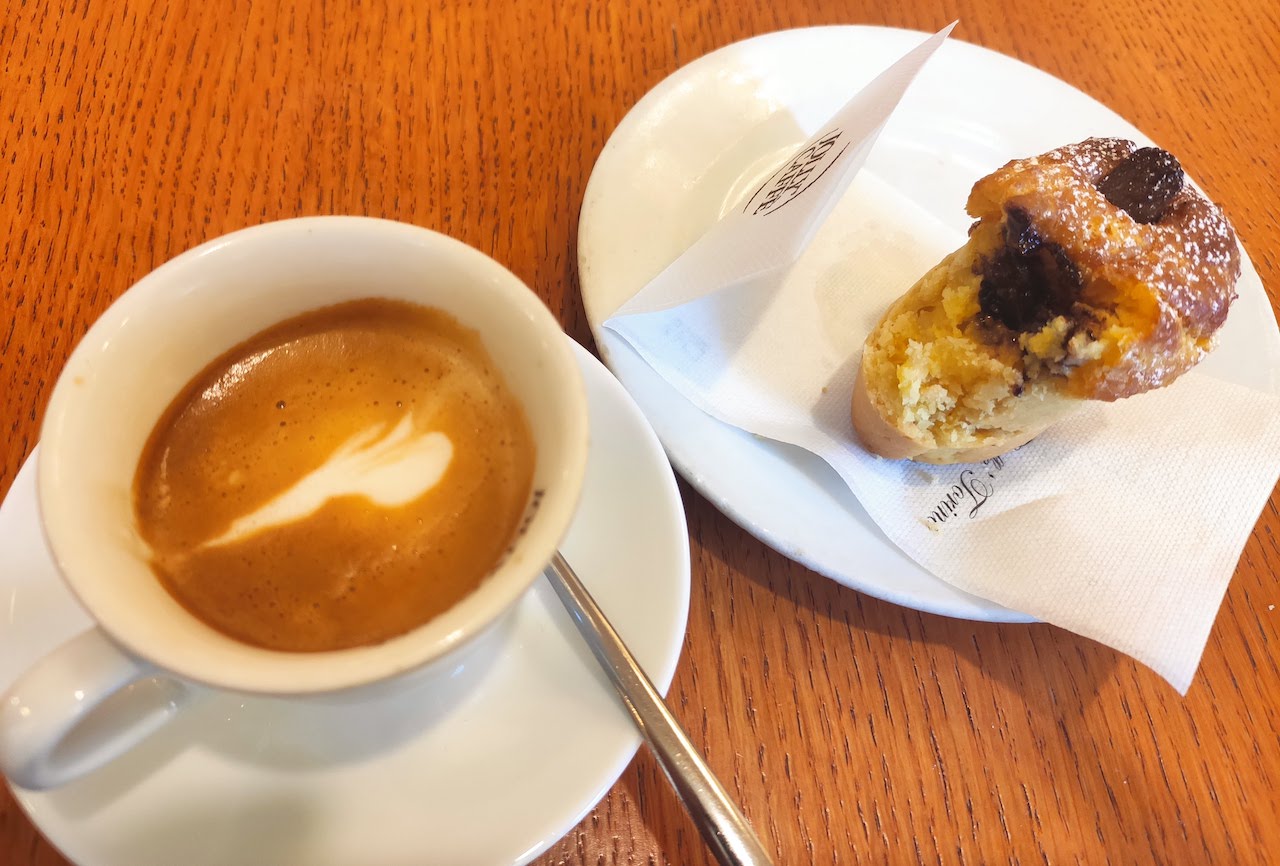
Cappuccino, Latte, and Macchiato: let’s make it clear
There’s nothing wrong with wanting to enjoy a milky coffee while in Italy: you don’t have to drink exclusively black espresso, or as Italians would say “caffè amaro”. What you can get confused about are the kinds of coffee you can find and how to order them.
First off: don’t ask for a latte. This kind of thinking could be happening in your mind: “coffee plus milk equals a latte. That’s even an Italian word! Perfect, when I’ll be in Italy I’ll ask for a latte and get a delicious foamy beverage.” Not quite right!
Latte in Italian means “milk”, and that’s it. That’s why you will get a glass of plain milk if you ask for a latte in Italy. So, if you’re in the mood for that kind of coffee, but let’s be honest, a more delicious and authentic version, your two main options are: a cappuccino or a caffè macchiato.
Cappuccino vs Latte
A cappuccino is made of? of hot milk…? of milk foam, and ? of espresso. On the other hand, an American latte has? of hot milk? of espresso, and even less than one inch of foam.
If we were to put it simply: a cappuccino is more creamy and foamy.
Some coffee etiquette: I know that as soon as you get to Italy you’ll be dying to try a cappuccino, but don’t rush it! People usually drink a cappuccino only before noon, but it’s not socially acceptable to have one after lunchtime! Hence, order one for breakfast or mid-morning. I know it may sound weird and over-the-top to be so restrictive, but coffee culture is not something Italians joke around.
But what if I want some milky coffee in the afternoon? No problem, order a caffè macchiato.
Caffè macchiato is a plain espresso, softened by a splash of hot milk. You might not see the difference between it and a cappuccino but there are many! While cappuccino is served in a big cup and has a bit more coffee, when you order a caffè macchiato you will get an espresso cup size. If you want a splash of foam instead of hot milk, ask for a “schiumato”.
Whatever you decide to order, feel free to add sugar according to your taste, lots of Italians can’t drink coffee without sugar so don’t feel pressured either! Still, we encourage everyone to try at least once a “caffè amaro”, which is an espresso with nothing in it… you might like it!
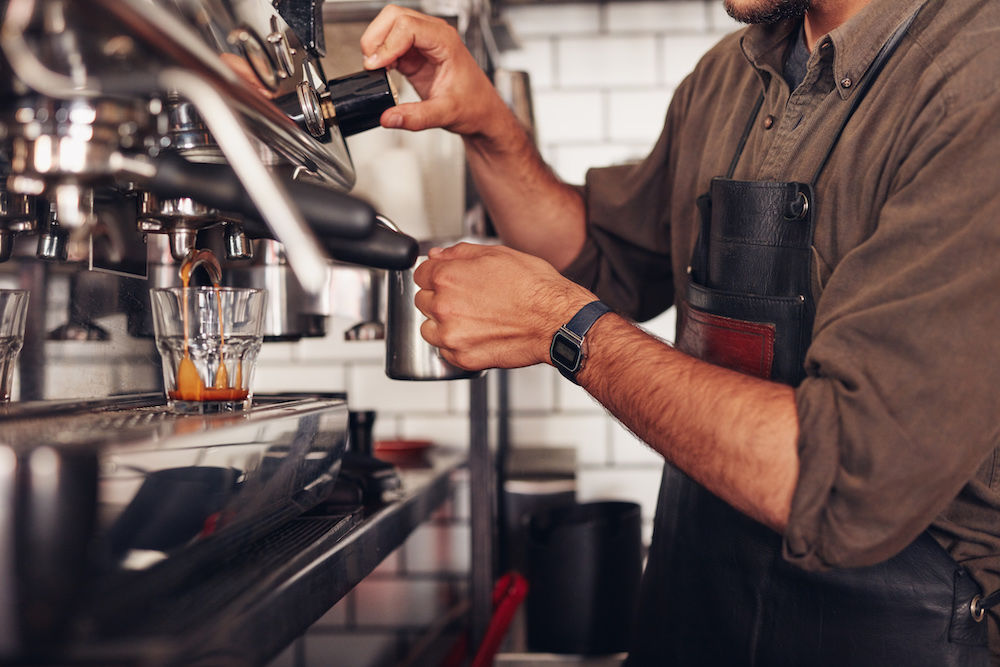
Italian Coffee Types
So, let’s go down the list of the variety of “caffè” you’ll find Italy. And don’t worry we’ll add in some side notes on how to say coffee in Italian.
Espresso (eh-SPRES-soh) or Caffè Normale (cahf-FEH nohr-MAH-leh)
A shot of espresso in a small porcelain cup. The classic coffee of Italy. It’s usually drunk after every meal, and can be modified to suit practically any taste:
- Caffè Lungo (cahf-FEH LUHN-goh): A bigger shot of espresso made with more water for a weaker flavor.
- Caffè Americano (cahf-FEH Uh-mer-i-kuhn-oh): A “longer” version of the “lungo”. This option often is what people who don’t like strong coffee order.
- Caffè Corto (cahf-FEH COHR-toh) or Caffè Ristretto( cahf-FEH rih-STRET-toh): A smaller shot of espresso made with less water for a super-concentrated, strong taste.
- Caffè Doppio (cahf-FEH DOHP-peeoh): A double shot of espresso to really wake you up.
- Caffè Decaffeinato (cahf-FEH deh-cahf-fehyee-NAH-toh): A decaffeinated shot of espresso.
- Caffè Freddo (cahf-FEH FREHD-doh): Cold espresso, usually served in what resembles a shot glass. Sometimes it’s made when you order (often for a lukewarm result) and sometimes it’s premade and chilled in the refrigerator (so it actually is cold).
- *Tip: If you’ve been searching for an American-style “iced coffee” in Italy, ask for a Caffè Freddo “con un pò di ghiacco,” (cohn oon poh dee GEEACH-cho), “with a little ice,” and “un pò di latte” (oon poh di LAHT-teh), “a little milk,” and that’s probably as close as you’ll get.
- Caffè con Panna (cahf-FEH cohn PAHN-nah): A shot of espresso with whipped cream on top.
- Caffè in Vetro (cahf-FEH in VEHT-roh): A shot of espresso served in a tiny glass cup instead of a tiny porcelain one. This apparently “changes the flavor” for coffee aficionados, but it’s really more of a way to look cool.
- Caffè con Ghiaccio (cahf-FEH cohn GEEACH-ch): Simply a normal espresso, with an ice cube put inside at the moment of serving;
*Tip: Trying to order a coffee “to go” in Italy can be challenging sometimes. Firs of all, please consider to order an American coffee to go. Italian coffees are small and finish quickly. It’s extremely unlikely to find take-away cups in most coffee bars, for this reason.
Order this kind of Italian coffee if you… usually drink your coffee black or want to be like a real Italian.
Cappuccino (cahp-pooch-CHEE-noh)
1/3 espresso, 1/3 milk, 1/3 foam, layered in a bigger cup. A typical breakfast drink, be prepared for the “well, you must be a foreigner” look if you order one at any other time of the day.
*Tip: To tell a good cappuccino from a bad one, pour some sugar over the foam. If it sinks through, you’re at the wrong café. If it rests on top, you’re golden.
Order this kind of Italian coffee if you…’re someone who likes to dip pastries or cookies inside.
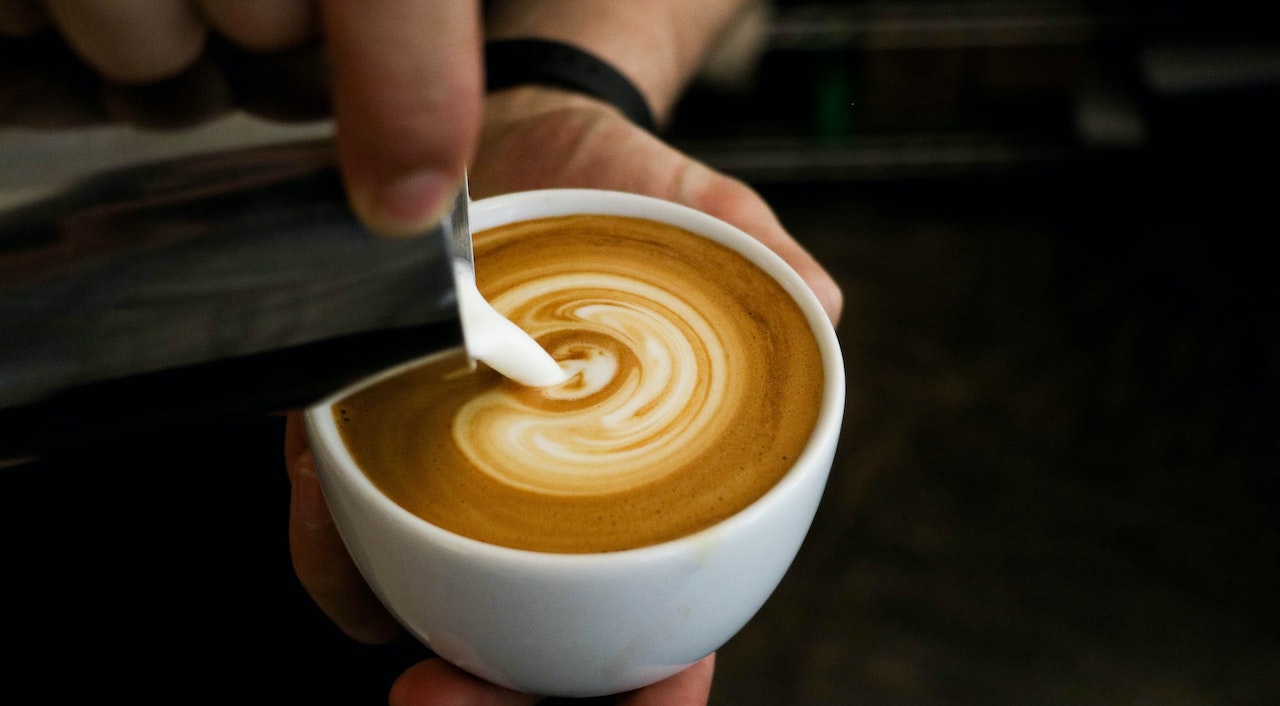
Caffè Macchiato (cahf-FEH mahk-kee-AHT-oh) or Macchiato Caldo (mahk-kee-AHT-oh CAL-doh)
A shot of espresso “stained” with a quick pour of steamed milk
- Macchiato Freddo (mahk-kee-AHT-oh FREHD-doh): The same drink, “stained” with cold milk, or sometimes served with a carafe of cold milk on the side.
- Macchiatone (mahk-kee-AHT-oh-Neh): This big macchiato is served in a big cup, so it contains more milk than a macchiato.
Order this kind of Italian coffee if you… think a regular espresso is a bit too strong, or you normally can’t drink coffee without a little cream.
Latte Macchiato (LAHT-teh mahk-kee-AHT-oh)
A big glass of frothed milk “stained” with a shot of espresso poured on top. Basically, the opposite of a Caffè Macchiato.
- Caffè Latte (cahf-FEH LAHT-teh): Equal portions of steamed milk and coffee, typically served in a larger porcelain cup. Pretty much a Latte Macchiato, but with more coffee flavor (or a cappuccino without the foam).
*Tip 1: “Latte” means milk in Italian. Make sure you order one of the above options if you want the milk and coffee drink commonly called a “latte” in America. If you just want a cup of milk, by all means, ask for a “latte.”
*Tip 2: Don’t ask for “skinny,” “soy,” “lowfat,” “nonfat,” or “skim” versions of milky drinks in Italy. In 99% of Italian coffee bars, your only option is whole milk. Embrace its rich, creaminess and know that the extra calories are all but cancelled out thanks to small serving sizes.
Order these kinds of Italian coffee if you… normally put more cream in your coffee than the coffee itself.
Caffè Americano (caf-FEH am-ehr-ee-CAH-noh)
Espresso made with a lot more water, served in a bigger ceramic cup. Its large portion and very weak flavor resemble a typical cup of American coffee. Definitely not a favorite of most Italians, it’s often described as “coffee-flavored water.” 🙂
Order this kind of Italian coffee if you…think espresso is way too strong and way too small.
Caffè Shakerato (cah-FEH Shah-kehr-AHT-oh)
Espresso shaken with ice, milk and sugar until frothy, usually strained into a martini glass or other elegant drinkware.
Order this kind of Italian coffee if you…’re feeling fancy on a hot summer day.
Orzo (ORT-zoh)
A shot of what looks like and almost tastes like espresso, but is actually an alternative brewed from roasted barley. It’s organic, naturally caffeine free, and has a delicate, earthy flavor that falls somewhere between coffee and tea.
*Tip 1: Orzo can be substituted for espresso in almost all Italian coffee drinks. Simply add “d’Orzo” (DORT-zoh) to the end of your order: Cappuccino d’Orzo, Macchiato d’Orzo, Latte Macchiato d’Orzo…
*Tip 2: Ask for your Orzo “con scorza di limone/d’arancia” (cohn SCORT-sah dee lee-MOH-neh/dah-RAHN-cha) for a zesty twist of lemon or orange rind inside.
Order this type of coffee if you…’re health conscious, not a coffee drinker, or have kids who want to drink “coffee” with the adults.
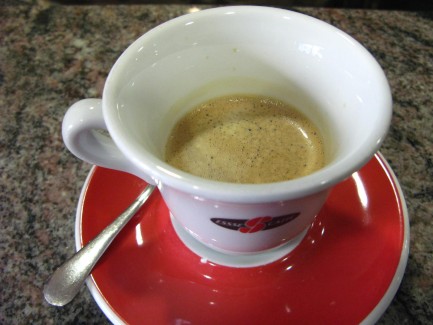
Caffè al Ginseng (cahf-FEH ahl gin-SEHNG) – Ginseng Coffee
In the past years, when it was first introduced, the ginseng coffee was a machine-made blend of instant coffee, creamer (usually non-dairy), sugar and ginseng extract. The latter supposedly makes you alert and energetic. Its flavor was reminiscent of a nutty, Chai Tea Latte (seeing as Chai nearly impossible to find in Italy, this is a wonderful alternative and exciting discovery). Now the Ginseng Coffe is no more made with coffee, it contains only ginseng powder and some sweeteners. This trend has been pushed up by people who wants a bit of energy without having to face the unwilling effects of caffeine.
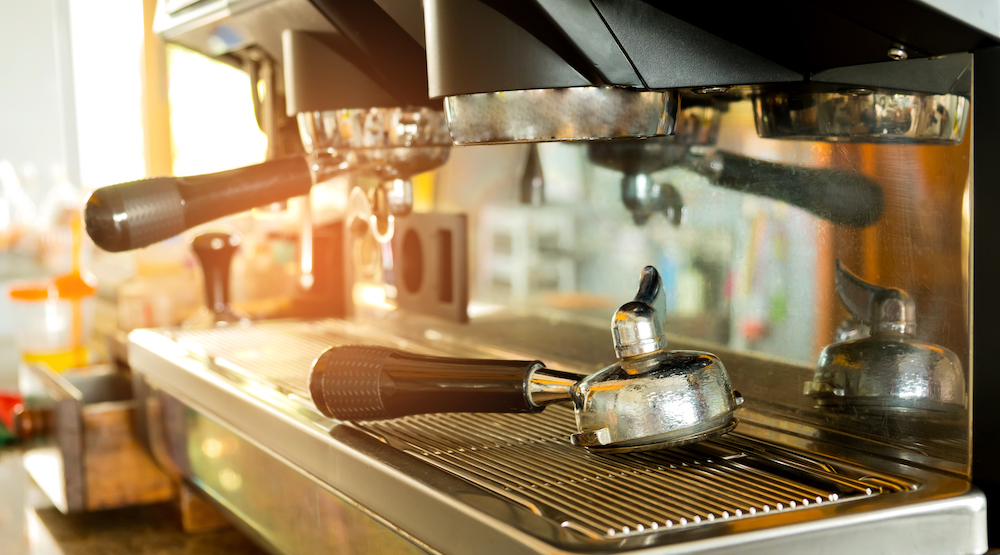
Order this kind of coffee if you…appreciate exotic flavors or are in need of an extra boost.
Caffè Corretto (cahf-FEH cohr-REHT-toh)
A shot of espresso “corrected” with a shot of alcohol. A bit of cognac, Sambuca, or Grappa (a type of strong Italian brandy), are the most common additions, but you can also ask for the liquor of your choice.
Order this kind of coffee if you…would rather be drinking a cocktail.
Marocchino (Mahr-ohk-KEE-noh)
Subject to many variations, it’s generally espresso topped with frothed milk and a sprinkling of cocoa powder, served in a larger glass. It’s widely blogged about as the favorite of vacationers and expats in Italy.
Mocaccino (Moh-cahch-CHEE-noh)
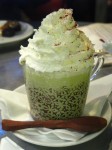
Mocaccino is the perfect drink to comfort yourself while enjoying a delicious, sweet, and chocolaty beverage.
It’s born from the encounter of a cappuccino with chocolate and a sprinkle of cocoa powder on top. Many places even add whipped cream, making it even tastier!
Caffè Amaro (cahf-FEH Uh-muh-roh)
Italians who want just a sugar-free coffee, with nothing added, normally order a black bitter coffee.
Order these kinds of coffee if you…’re not sure if you want coffee or dessert, or are addicted to chocolate.
What’s your favorite Italian coffee and why? Mine is a caffè in vetro.
Italian Coffee Drink names
- Brasilena
- Caffè Zero
- Crema al caffè
- Caffè shakerato
Brasilena

This one is a non-alcoholic canned soda you will find only in the Southern part of Italy. Brasilena originated in Monte Covello, a small town near Girifalco, in the Catanzaro county in Calabria. Calabria has always been famous for its excellent coffee-roasting plants. No surprise that this “gassosa al caffè” (coffee-flavored soft drink) reveals the strong identity of this Italian region being furthermore healthy than a classic coca-cola.
Caffè Zero
In the last years, the Italian large-scale distribution market has been developing new iced-coffee drinks. They are very practical and good to go since they are sold in big cardboard cups with large straws. They answer to any liking and preference when it comes to coffee thanks to many flavors and combos, including nuts, cocoas, chocolate, sugar-free options and many others.
Crema al caffè
Absolutely a must-try when you’re visiting Italy during summertime. In its simplicity and freshness, crema al caffè will get you addicted. It’s just whipped cream, espresso coffee, and sugar. The ingredients are mixed as a cream and then cooled down and kept at a low temperature; then served cold with a sprinkle of cocoa powder on top. You don’t drink it though! You eat it with a little spoon, just like you would do with gelato.
Caffè shakerato
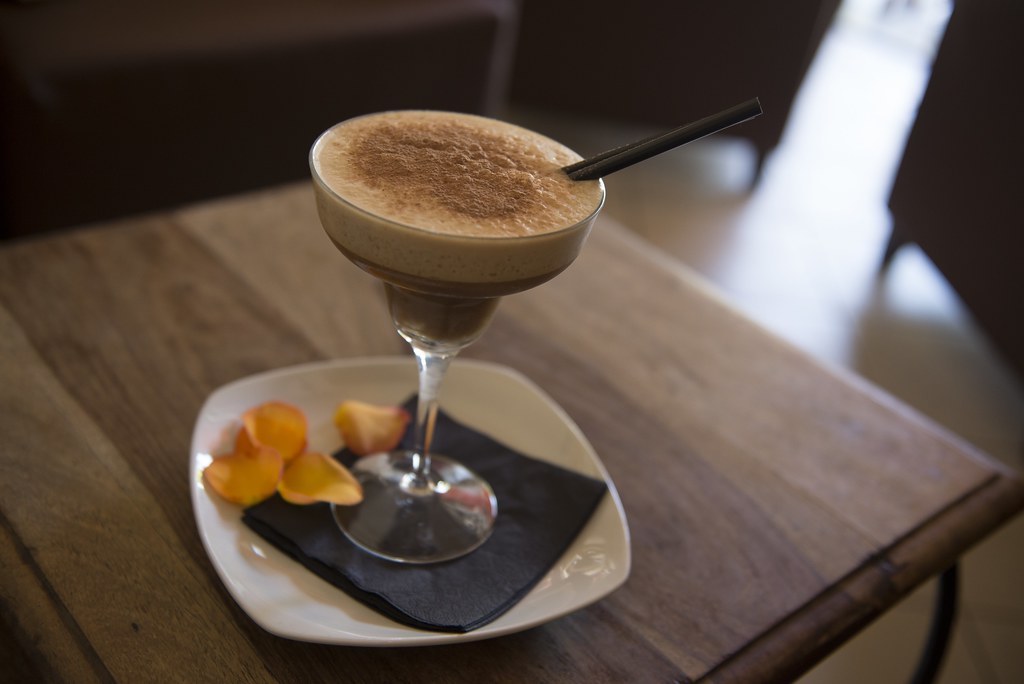
If you prefer a lighter alternative to crema al caffè but still a very fresh option, ask for a caffè shakerato. The hot espresso is poured into a shaker with ice cubes and sugar, and after shaking it quickly, the result is put in a glass, usually a martini one. When it’s well done there should be a nice foam on top.
This article was originally published on Studentsville.it in 2012. Further modifications have been made in 2018 and 2022.







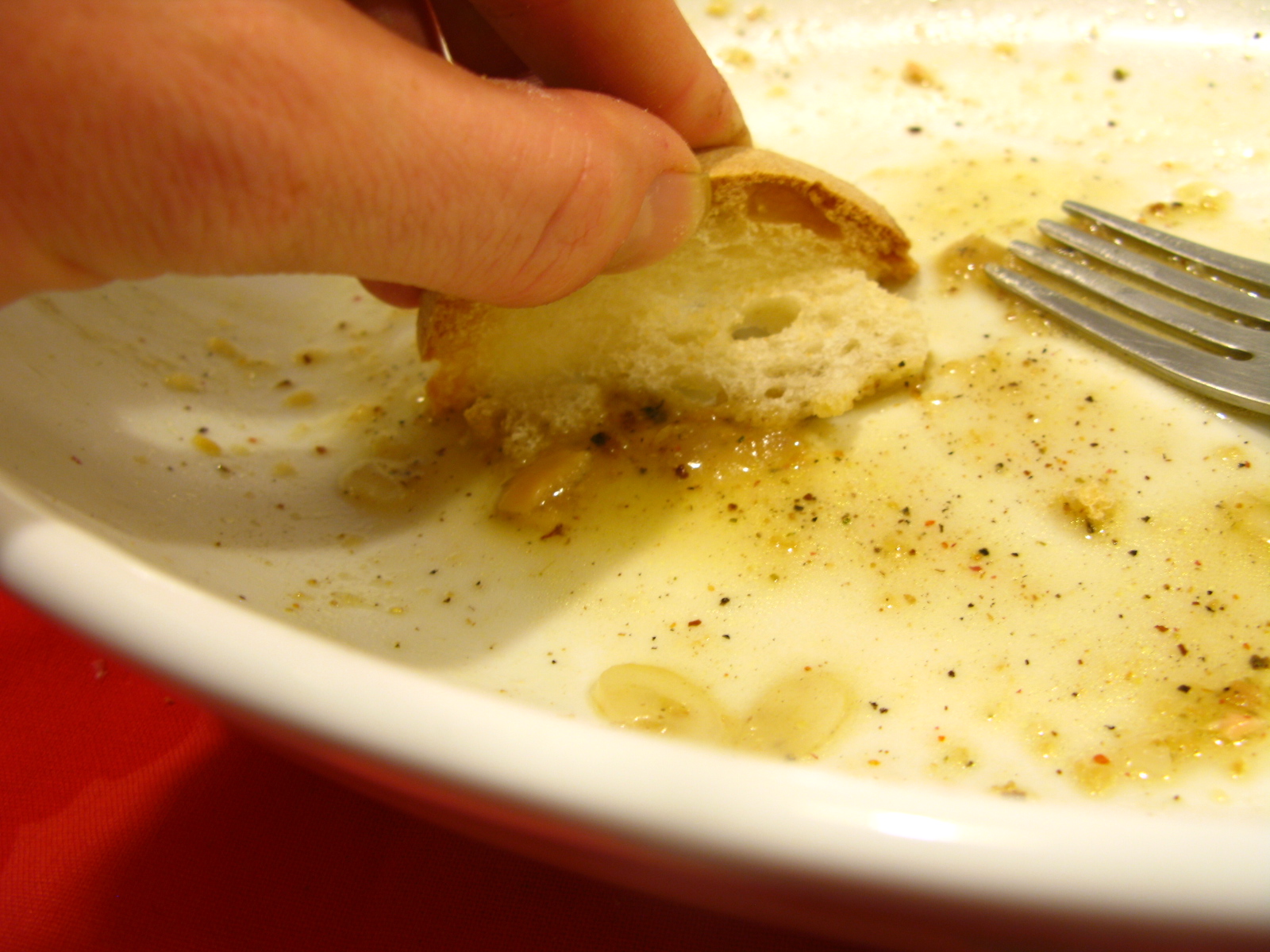
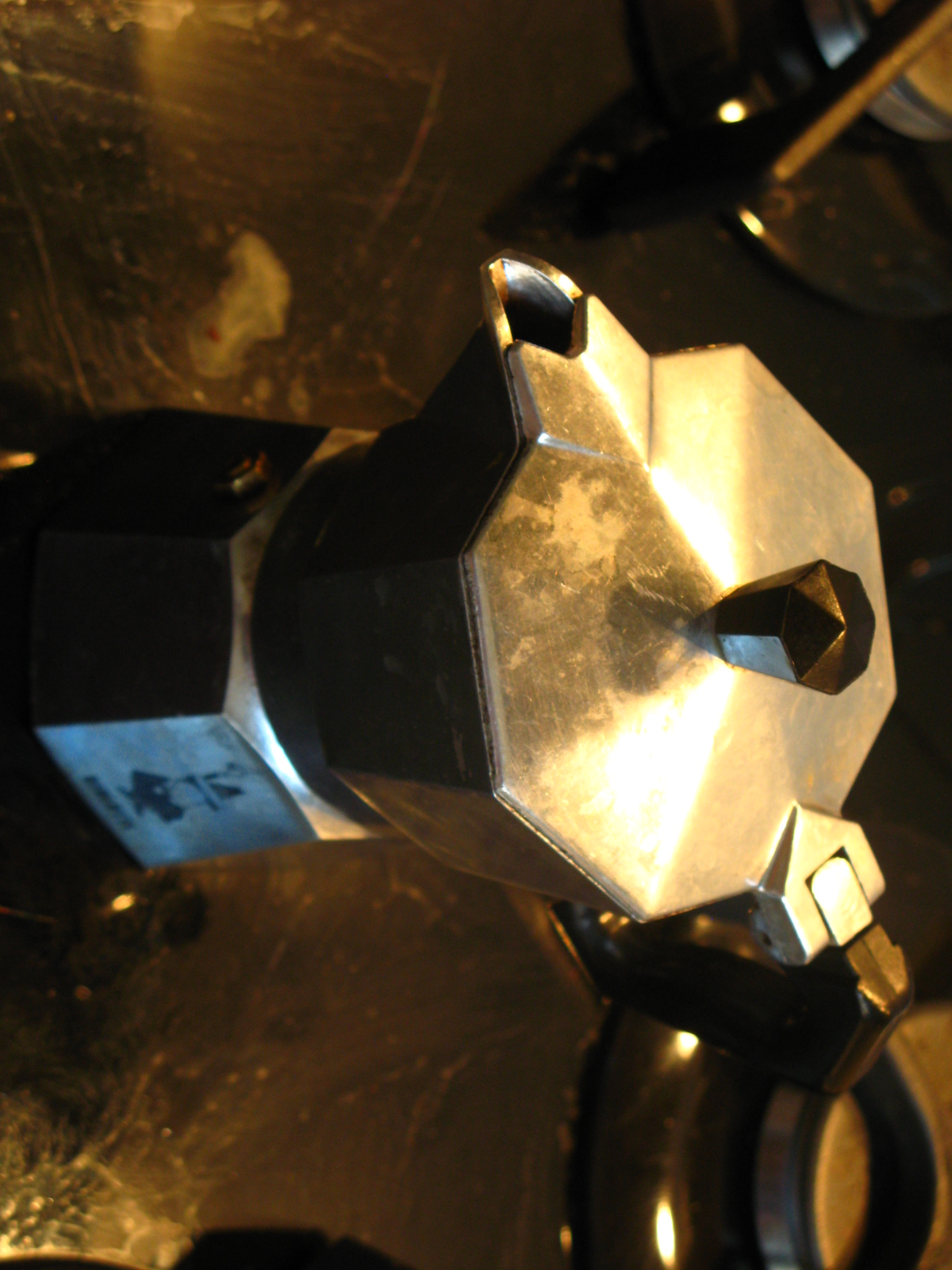


[…] Ayrica Italya’ya ozgu kahveler ve kahve kulturu hakkinda daha fazla bilgi ogrenmek istiyorsaniz su blogdan bakabilirsiniz : https://blog.studentsville.it/top-10-tips/everyday-life/10-types-of-italian-coffee-decoded-and-prono… […]
[…] some other coffee-related posts we wrote, like our 10 steps to make espresso at home post, or our list of different Italian coffees you can order at a bar. And why not read up on Coffee Culture in […]
[…] on coffee while having a tiramisù. That is because you’ll mess up the flavours of the espresso (ten type of italian coffee) . So, always have your coffee after dessert. For the daring ones, there is the amazzacaffè, […]
As a supreme lover of coffee, this article enticed my deepest memories of an afternoon spent with my love at a small cafe enjoying our shared Espresso! Loved your piece! Ricardo
Hahah, you shared a tiny little espresso?! Now, that’s love 🙂 Do you remember which cafe it was? And I’m really glad you liked my article! Thanks!
Great article Whitney..I think we should discuss our next articles in front of a lovely caffe’ corretto con la sambuca in vetro e zucchero di canna….what do you think? 😉
I’ll take mine with baileys and you’ve got yourself a deal 🙂